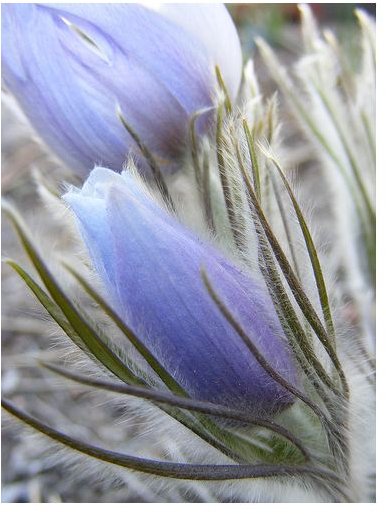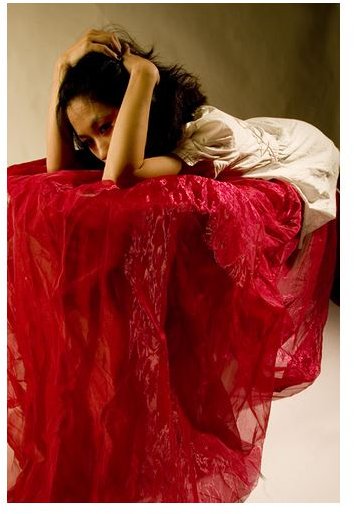Beneficial Herbs for Menstrual Cramps
Menstrual cramps, also known as dysmenorrhea, are painful sensations in the lower abdomen and lower back, occurring before and/or during menstruation. For some women it can be nothing more than a minor discomfort, for others it is extremely painful and almost unbearable. Often there is no medical problem that is causing the pain, although the presence of uterine fibroids or pelvic inflammatory disease is the reason behind dysmenorrhea in some cases.
Younger women who have never had a baby are often the ones experiencing severe cramping. Aside from taking pain medication and using natural means for relief such as taking herbs for menstrual cramps, controllable factors include getting plenty of exercise, eating a healthy diet, and minimizing emotional stress.
Types of Herbs for Dysmenorrhea
Which herbs can help prevent and relieve painful periods? Uterine tonics, which tone and nourish the uterus, are one class of herbs that are beneficial. They help by having an overall strengthening and toning effect. They can be taken at any time during the month and in fact are more effective when used before the menstrual cramps begin rather than after the fact.
Anti-spasmodic herbs can help to both prevent and ease cramps. They are useful for menstrual cramps as well as muscle cramps. Take before the pain normally starts for best results, but drinking herbal infusions from these herbs during dysmenorrhea can bring some relief as well.
Nervine herbs are also beneficial for menstrual cramps. These plants have an overall relaxing, calming effect on the nervous system. They will help to reduce stress, which can be a factor in the severity of the pain, and they will help to minimize the pain. Like anti-spasmodic herbs, take before and during.
List of Herbs
The following are all helpful herbs for painful periods:
-
Cramp bark is great for menstrual or muscle cramps. It relaxes the uterus and relieves pain. It has anti-spasmodic properties, is a nervine, and also helps to balance the flow of periods.
-
Pasque flower is a great herb for relaxing uterine spasms. It has anti-spasmodic and nervine properties, but also analgesic (pain-relieving) and sedative properties. Wonderful when combined with cramp bark.

-
Black haw bark is similar to cramp bark in that it calms the uterus. It also helps to lower blood pressure.
-
Black cohosh should not be used if pregnancy is possible or if you have any sort of chronic illness. It helps to relax and balance the female reproductive system. It has both anti-spasmodic, tonic, and nervine properties.
-
False unicorn root is a powerful tonic for the reproductive system. It has a toning and balancing effect. Do not take in excess as large amounts can cause nausea and vomiting.
-
Wild yam, which contains natural progesterone and is known to help relieve not only menstrual cramps but other symptoms of PMS as well. This herb has anti-spasmodic properties.
-
Red raspberry leaf is a uterine tonic and an anti-spasmodic.
To use any of these herbs for menstrual cramps make an herbal infusion and drink one to three times daily, or as needed during the pain. Infuse two teaspoons of dried herb with one cup of boiling water. You can blend two or three herbs together for a more potent effect, such as pasque flower with cramp bark or wild yam with red raspberry leaf.
These herbs are generally safe to use, although be sure to talk to a doctor if you could be pregnant, if there may be an underlying medical condition causing the pain, if you have a chronic illness, or if you are taking any prescription medications.
References
Hoffmann, David. “The Complete Illustrated Holistic Herbal: A Safe and Practical Guide to Making and Using Herbal Remedies.” (Element Books, 1996).
Balch, Phyllis, CNC. “Prescription for Nutritional Healing, 4th Edition.” (The Penguin Group, 2006).
“What Are Menstrual Cramps?” Medical News Today https://www.medicalnewstoday.com/articles/157333.php
photo by: B Marmie (CC/flickr) https://www.flickr.com/photos/bmarmie/2441973872/sizes/m/in/photostream/
photo by: CC/flickr https://www.flickr.com/photos/rbmay/2964597172/sizes/m/in/photostream/
Disclaimer
Please read this disclaimer regarding the information contained within this article.
